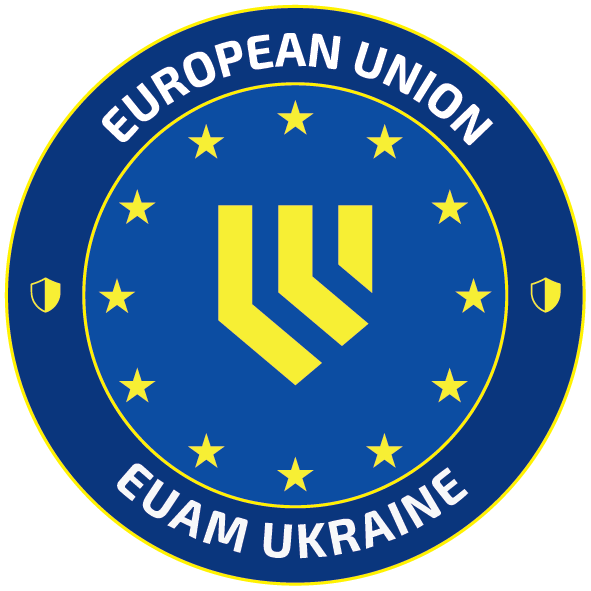War Crimes Documentation in Ukraine: Building a Network for Justice
September 17, 2024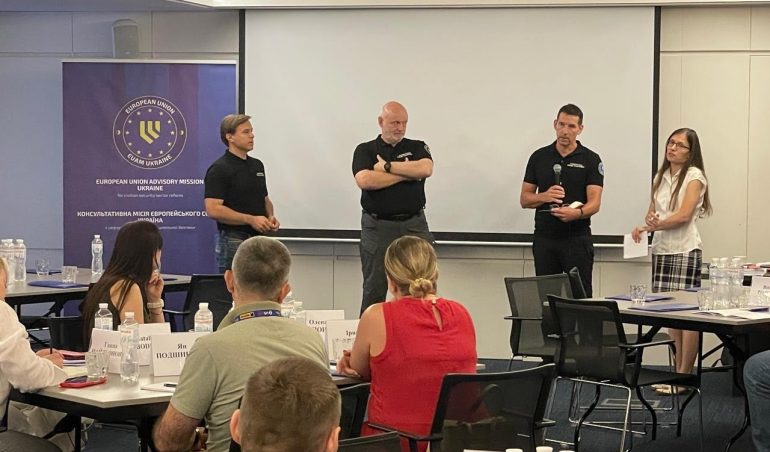
Amid Ukraine’s ongoing war, EUAM Ukraine recently hosted a joint training session in Odesa, bringing together law enforcement agencies, civil society organizations (CSOs), and non-governmental organizations (NGOs).
This initiative focuses on teaching key skills like documenting incidents, offering field medicine, and applying a victim-centered approach. The ultimate goal is to create a powerful network of professionals working together to bring justice to the victims of war crimes.
We spoke with Gary Corrigan, EUAM Senior Adviser on the Investigation of International Crimes, about the challenges and opportunities in documenting war crimes committed by Russia in Ukraine.
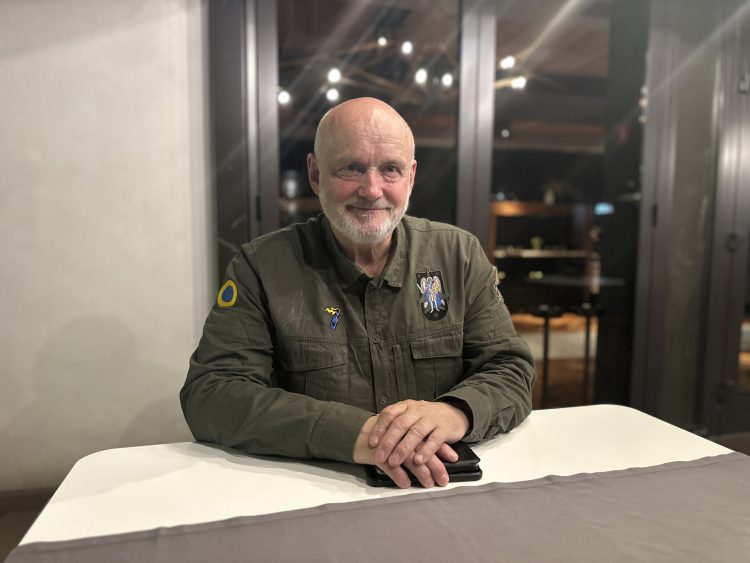
Can you start by explaining the purpose of the event and the type of support you’re seeking?
GC: The event’s main objective is to unite national stakeholders in Ukraine, especially those investigating international crimes. We aim to foster collaboration between law enforcement, NGOs, and CSOs to support victims and witnesses. The focus is on documenting incidents and taking a victim-centered approach to provide justice and peace of mind to those affected.
What target audience are you addressing with this initiative, and how do you plan to support them?
GC: Our target audience primarily includes law enforcement, NGOs, and CSOs. We aim to build collaboration between these groups, as they are often the ones dealing with victims and witnesses. Our training covers various areas, from documentation and interview techniques to international human rights law and field medicine. These skills are essential in helping these agencies offer better support and services to those affected by war crimes.
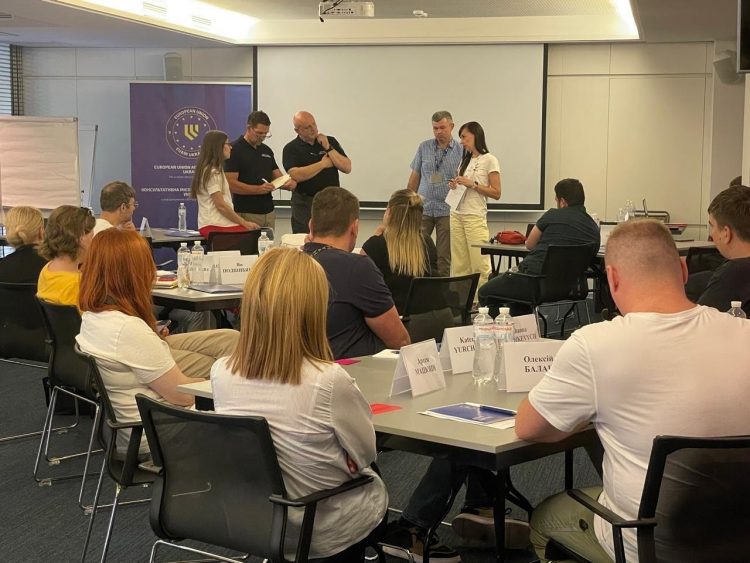
You mentioned fostering collaboration. Do you think law enforcement in Ukraine is ready to work with NGOs and CSOs on these investigations?
GC: Yes, the training course is designed as an interagency approach. We’ve brought together law enforcement, legal professionals, and civil society in different regions. One key component of the training is taking participants out of their comfort zones, forming new groups, and having them work together on practical scenarios. This structure allows them to build relationships, exchange ideas, and gain a better understanding of how they can support each other.
What kind of training structure did you use during the event?
GC: The training was structured with two days of lectures covering topics like international humanitarian law, open-source intelligence, sexual violence, and interview techniques. The last day was focused on a practical exercise where participants applied what they had learned. We encouraged them to communicate, collaborate, and simulate real-world scenarios to better prepare them for what they might face on the ground.
What do you see as the biggest knowledge gap for those working in these conflict areas?
GC: The biggest knowledge gaps seem to be in the frontline and newly liberated areas, where most of the international crime offences are being recorded. Every day brings new incidents, and many participants reported minimal training on conflict-related sexual violence and gender-based crimes. Although we’ve trained about 85 participants so far, Ukraine is vast, and there’s a need to spread this knowledge more widely.
There seems to be a strong emphasis on documentation. Could you explain why that’s important?
GC: Documentation is key in prosecuting war crimes. Victims and witnesses often have valuable information that can serve as evidence. Properly documenting these stories ensures that, when the time comes, there is a strong case to be made against the perpetrators. We also stress the importance of consent and transparency when dealing with victims, as these principles are enshrined in international law.
If I was to add anything it would be that EUAM is not suggesting that NGOs and CSOs should take on evidence-gathering tasks that belong to law enforcement. They do, however, play an important role as a trusted conduit of information between victims and witnesses and the law enforcement organisations.
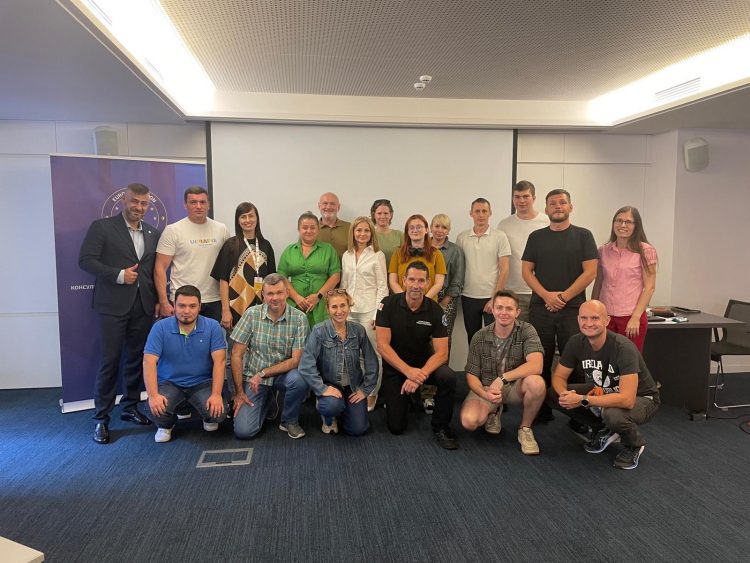
Can you tell us more about the first aid training and why it was a focus during the event?
GC: Field medicine is crucial in front areas. We provided participants with practical exercises where they learned how to assess wounds, apply field dressings, and potentially save lives. These skills are essential, especially for those working in areas filled with unexploded ordnance and other dangers.
Lastly, how do you think this training will make a lasting impact?
GC: The knowledge shared during this training will spread like a ripple effect. Participants will return to their communities and share what they’ve learned with their peers. Even if they take back just a small nugget of information, it will have a positive impact. Our aim is to create a strong, well-prepared network of professionals capable of handling the immense challenges brought by the conflict.
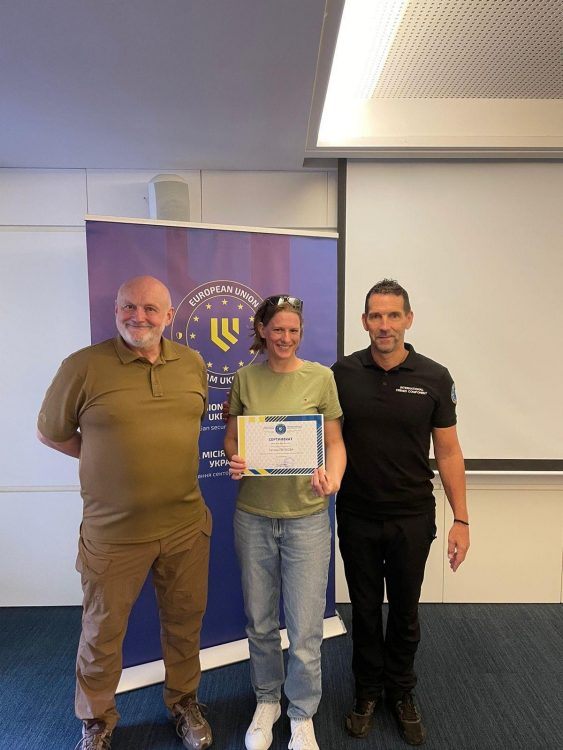
Ukraine continues to face the consequences of the war, and collaboration between law enforcement, NGOs, and CSOs is a crucial step toward ensuring justice. The training organized by EUAM is aimed at building a network of professionals who, by focusing on documenting crimes and assisting victims, will be able to make a lasting contribution to Ukraine’s future.
